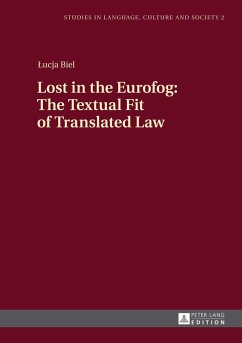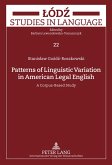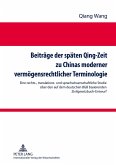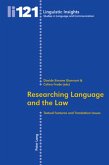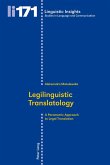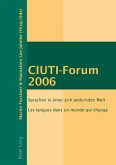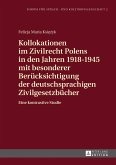The book is one of the few in-depth investigations into the nature of EU legal translation and its impact on national legal languages. It is also the first attempt to characterise EU Polish, a language of supranational law and a hybrid variant of legal Polish emerging via translation. The book applies Chesterman's concept of textual fit, that is how translations differ from non-translations, to demonstrate empirically on large corpora how the Polish eurolect departs from the conventions of legal and general Polish both at the macrostructural and the microstructural level. The findings are juxtaposed with the pre-accession version of Polish law to track the "Europeanisation" of legal Polish - recent changes brought about by the unprecedented inflow of EU translations.
«In short, this is a very rich book with much to recommend it.»
(Vilelmini Sosoni, The Journal of Specialised Translation 25/2016)
«It is hard to overestimate the merits of Biel's outstanding book. It deserves the special attention of everyone who is interested not only in translation, but also in legal linguistics, EU legal communication, and language contact.»
(Justyna Giczela-Pastwa, ZERL Zeitschrift für Europäische Rechtslinguistik 3. Jan. 2018)
Read the full review here
(Vilelmini Sosoni, The Journal of Specialised Translation 25/2016)
«It is hard to overestimate the merits of Biel's outstanding book. It deserves the special attention of everyone who is interested not only in translation, but also in legal linguistics, EU legal communication, and language contact.»
(Justyna Giczela-Pastwa, ZERL Zeitschrift für Europäische Rechtslinguistik 3. Jan. 2018)
Read the full review here

